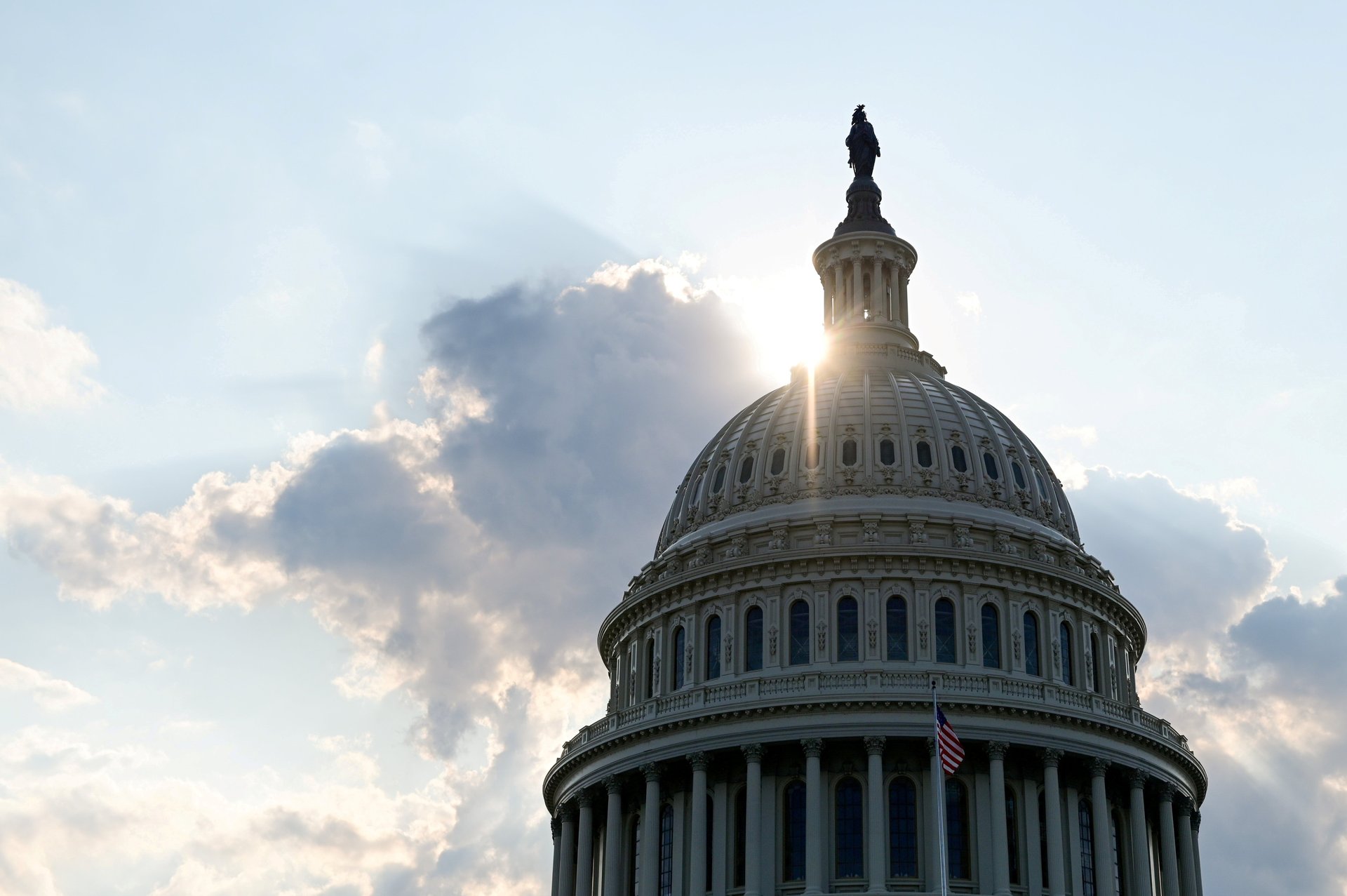What options does Congress have left to avoid a 2021 US government shutdown?
Republican senators in the US blocked a bill on Sept. 27 to fund operations of the government through the end of the year and raise the level of debt it can bear, setting the stage for a potential federal shutdown if lawmakers do not find a solution by midnight Thursday (Sept. 30).


Republican senators in the US blocked a bill on Sept. 27 to fund operations of the government through the end of the year and raise the level of debt it can bear, setting the stage for a potential federal shutdown if lawmakers do not find a solution by midnight Thursday (Sept. 30).
While there’s never a good time for the government to shut down, this would be a particularly bad moment. Covid-19 continues to kill thousands of Americans every day, and a shutdown would furlough thousands of federal workers, including those at health agencies like the Centers for Disease Control and Prevention.
Both Republican and Democratic leaders have vowed to find a way to keep the government open through the end of the year. Here’s how they could do it.
How Congress got here
The spending bill that Republicans rejected had two main objectives:
- To keep government agencies funded through Dec. 3.
- To suspend the debt ceiling through the end of 2022.
US Treasury secretary Janet Yellen has warned that if lawmakers don’t take action on the debt ceiling, the federal government won’t be able to pay its bills come October. Republicans took issue with the proposed measure to lift the debt limit, arguing that Democrats should bear responsibility for this decision even though the GOP raised the ceiling three times during president Donald Trump’s tenure.
Meanwhile, Democrats are also trying to move forward on a pair of bills to finance president Joe Biden’s agenda, including a $1 trillion infrastructure package—which Republicans themselves supported—and an additional $3.5 trillion social spending proposal.
While the spending bill is tied up in partisan debate, failure to raise the debt ceiling could have ramifications that extend well beyond Washington, causing stock markets to plunge and interest rates to rise.
What options remain to keep the government open?
Republican majority leader Mitch McConnell said on Sept. 27 that his party will support a stopgap bill to keep the government funded through the end of the year but will not vote to raise the debt limit.
House speaker Nancy Pelosi promised last week to avert a government shutdown, saying that a temporary funding measure will pass both chambers by the end of September. Pelosi’s counterpart in the Senate, Chuck Schumer, also said there would be “further action” to prevent a shutdown, but did not yet specify details. A new stopgap bill would need to clear both chambers quickly, and with bipartisan support.
Regardless of where Congress lands on government funding, the threat of a federal debt default will continue to loom if the matter isn’t settled this week. In addition to putting forward legislation without the debt ceiling provision, Democrats may also consider a bill that would fund the government for just two or three weeks so that they can ask for a vote on the issue again come October.
President Joe Biden held a call on Sept. 27 with both Pelosi and Schumer to discuss efforts “to avoid a breach of the United States’ full faith and credit in the face of Republican obstruction,” according to a White House readout.